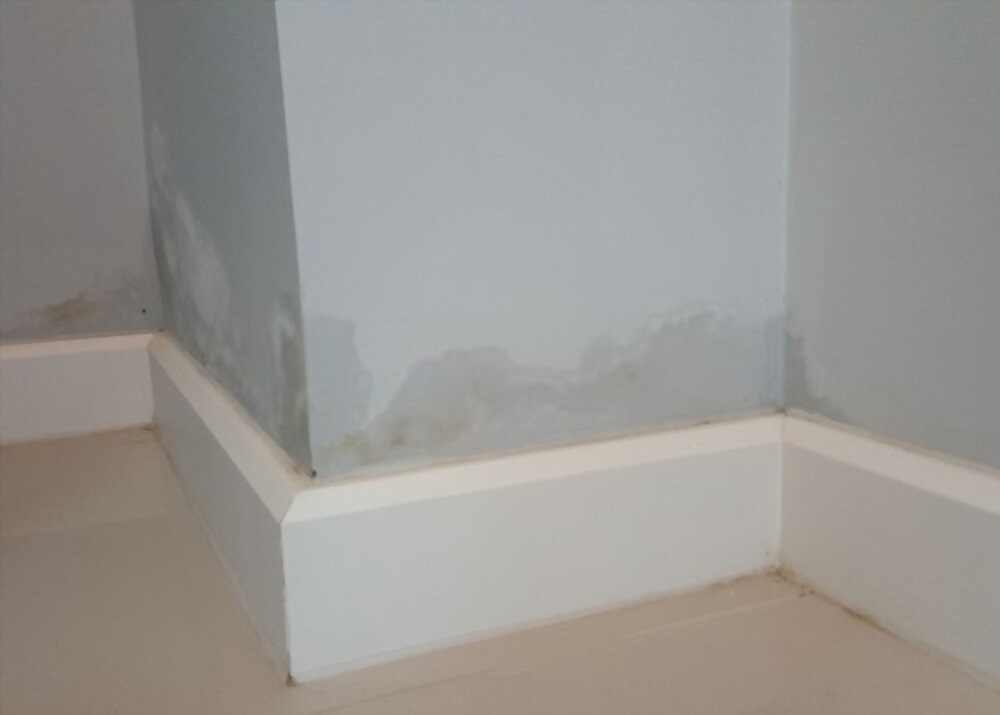Most of us might have faced the problem of rising damp in our homes or offices especially during the monsoon season. We all have seen the patch on walls that destroys the wallpaper of the paint, that approaches up the walls and affects the walls whether internal walls of a room or exterior outward-facing walls of a building. This happens when moisture creeps up the walls affecting the structure overall. The process of the dampness rising the walls happens through capillary action.

The primary reason of the rising damp is the groundwater being sucked up through the internals of the walls. If your wall has cracks and crevices, then there is higher chances of the water getting sucked. Remember that the water also contains various dissolved salts and minerals that get deposited within the walls and this leads to fading of the wall and peeling of the plaster or the paint.
Rising damp can affect mostly the walls that are capable of sucking water such as brick walls, clay walls, or timber walls. Generally, it comes to notice when the water has already reached up the walls through the walls or the foundation beneath.
The most common signs of your wall dampening are peeling up of the paint, plaster, or fading of the walls, or bulging up of the paint or plaster. You can instantly recognize from the faded area. If you put your hand on the wall and sense cold patch or something crispy then this is generally the salt and the minerals that have condensed on the outer wall areas.
It leads to all forms of wall damage such as crumbling of the mortar that is an essential binding agent for the bricklayers, let alone the ugly look it has. This is also noticeable on areas of walls that have a slightly deeper texture of the paint than on the rest of the area of the wall. If you put your hand on the deep color area of the wall, then you may feel signs of moisture.
How to find a proper cure for your dampening walls
If you are a victim of rising dampness and your house walls are increasingly having to suffer from dampness then you may use the following curative processes:
- You will have to call in roof and wall experts for the solution and seek the right form of treatment.
- One of the easiest options is that you can try a do-it-yourself and buy a dehumidifier that will dry up the walls by sucking in all the moisture. But remember that rising damp generally occurs in the internals of the walls. So, this external process of dehumidifying won’t be of much help.
- The other thing that you can do is to try and ventilate the home as much as possible and allow fresh air to come in contact with the walls that will automatically suck out the moisture.
Conclusion
The other reason why your walls are suffering from rising damp is due to clogged gutters that are causing the rainfall water to overflow and pour onto the walls and therefore this is leading to capillary action on the walls. It can also be that your roof is starting to dampen due to water clogging. You can hire roof experts and find more feasible solutions that will treat both the rising damp problems eventually within the walls as well as a treatment for a roof. The other most common thing to do is to apply a coat of damp-proof paint that will reduce signs of external damage on the walls. calling professional export for rising damp solutions.






